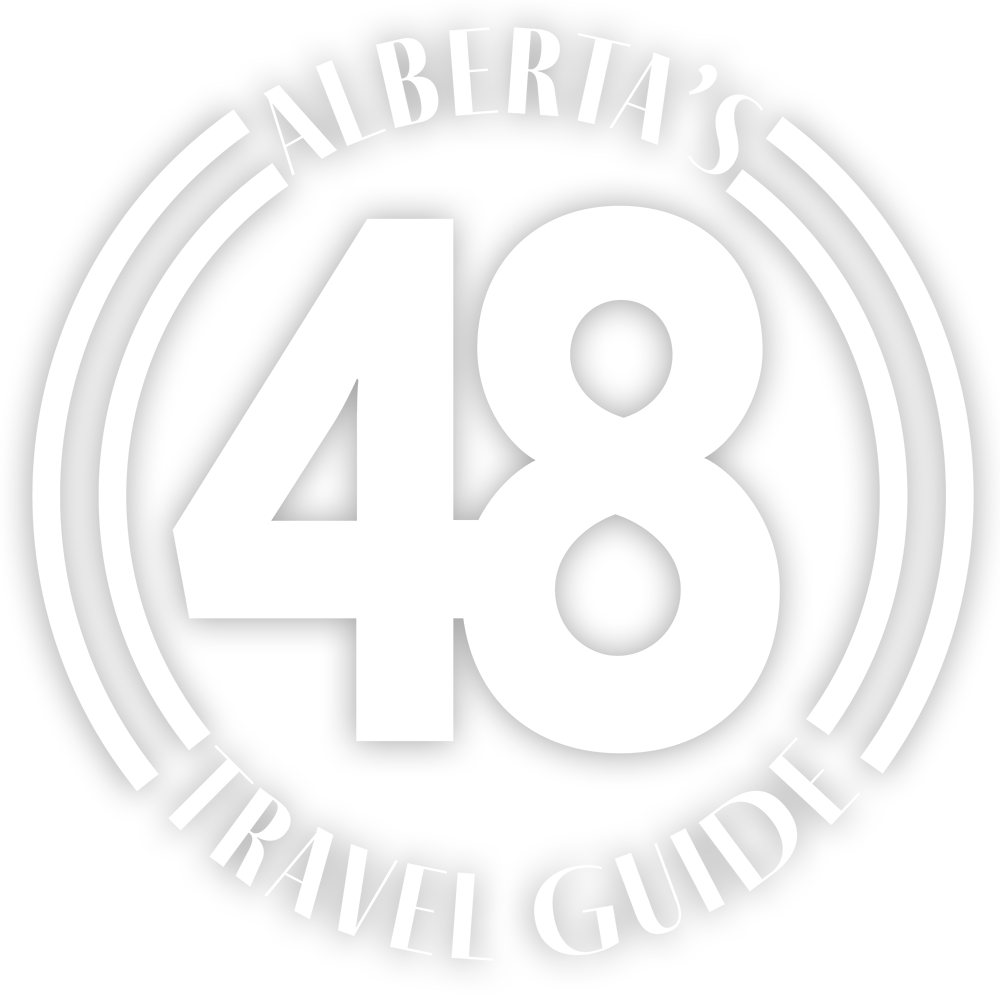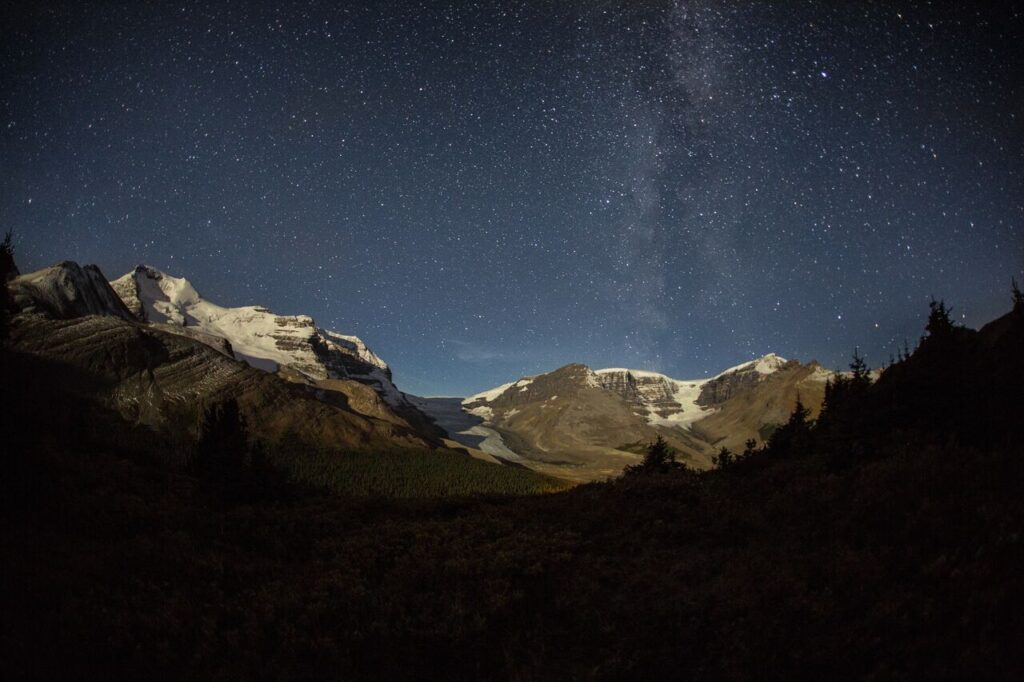
There’s something magical about looking up at a crisp winter night sky, especially in Alberta, where dark sky preserves and wide-open landscapes offer some of the best stargazing opportunities in Canada. The colder months bring longer nights and clearer skies, making winter the perfect time to bundle up, grab a thermos of hot chocolate, and explore the universe from your own backyard—or one of Alberta’s designated dark sky preserves.
To enhance the experience, stargazing apps can help identify constellations, track celestial events, and even overlay information onto the night sky. Whether you’re heading to Jasper for a dedicated dark sky adventure or just stepping out onto your deck, here’s your guide to winter stargazing in Alberta.
Best Dark Sky Preserves in Alberta for Stargazing
Alberta is home to some of the world’s largest dark sky preserves, meaning artificial light is minimized to protect the natural night sky. This makes them ideal places for seeing the Milky Way, northern lights, meteor showers, and distant galaxies.
1. Jasper National Park Dark Sky Preserve
Why go? Jasper is one of the largest accessible dark sky preserves in the world, with incredible mountain backdrops and minimal light pollution. The park even hosts an annual Jasper Dark Sky Festival every October.
Best stargazing spots:
- Pyramid Lake – A stunning setting with reflections of the stars on the water.
- Old Fort Point – A short hike rewards you with a panoramic view of the sky.
- Maligne Lake – Remote and breathtaking, offering some of the darkest skies in the park.
.
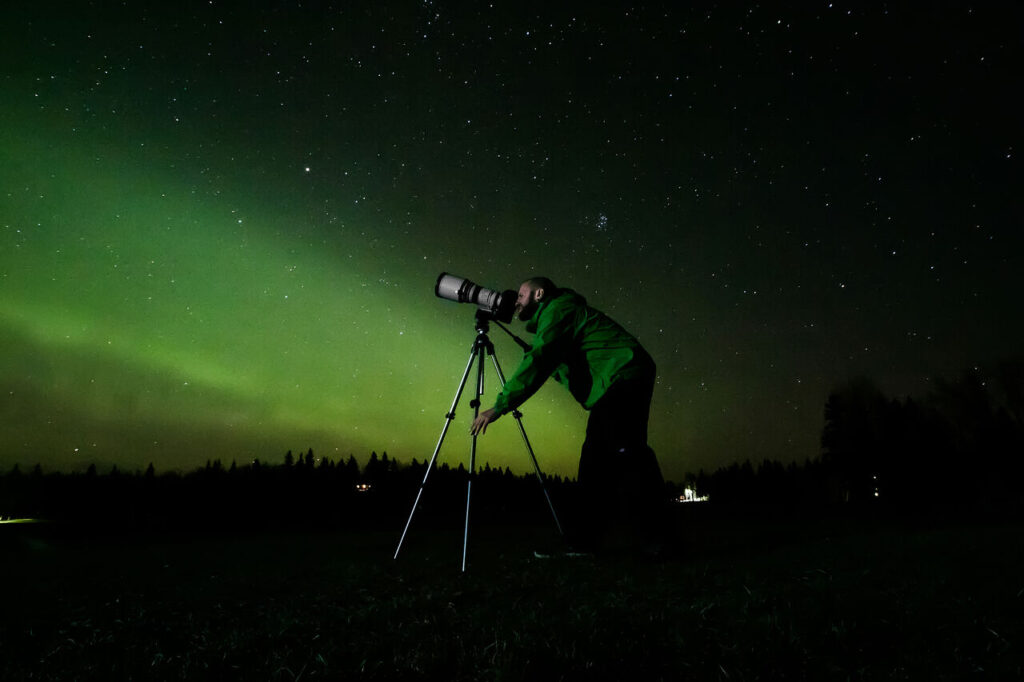
2. Elk Island National Park Dark Sky Preserve
Why go? Just 35 minutes from Edmonton, Elk Island is the most accessible dark sky preserve for city dwellers. It’s known for stunning reflections on Astotin Lake and regular northern lights displays.
Best stargazing spots:
- Astotin Lake – Open shorelines provide unobstructed sky views.
- Tawayik Lake – A quieter alternative with beautiful open skies.
‘
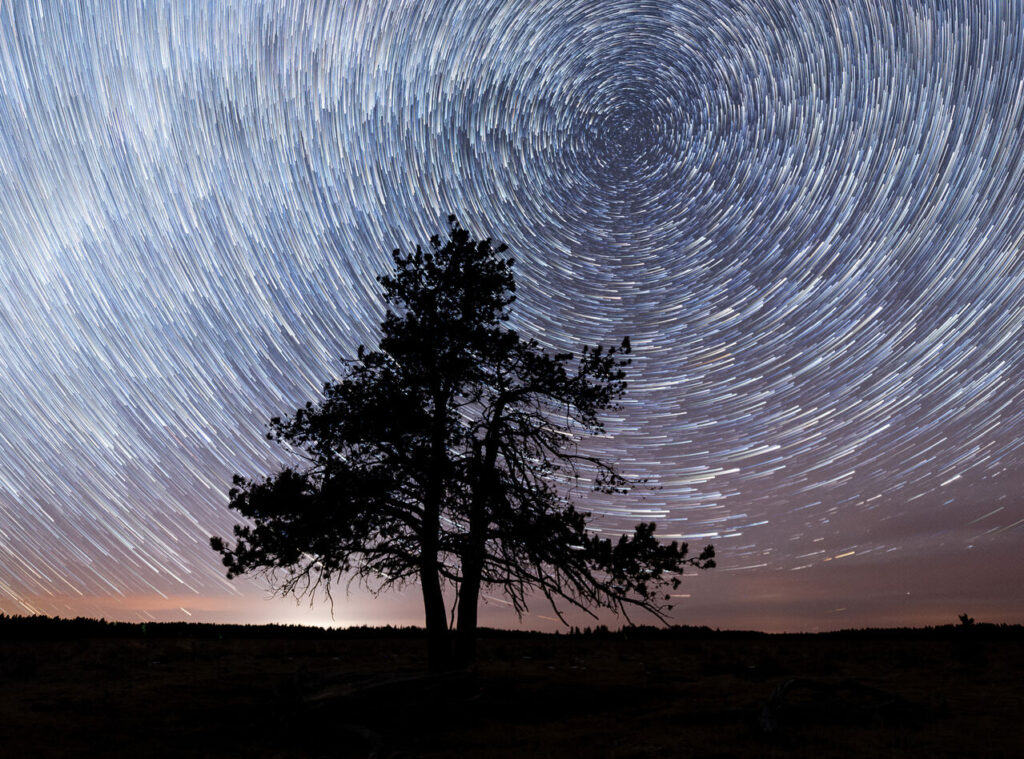
3. Cypress Hills Interprovincial Park Dark Sky Preserve
Why go? The highest point between the Rocky Mountains and Labrador, Cypress Hills offers fantastic horizon views with minimal light pollution.
Best stargazing spots:
- Reesor Lake – A remote and peaceful viewing area.
- The Lookout – An elevated viewpoint perfect for watching meteor showers.
.
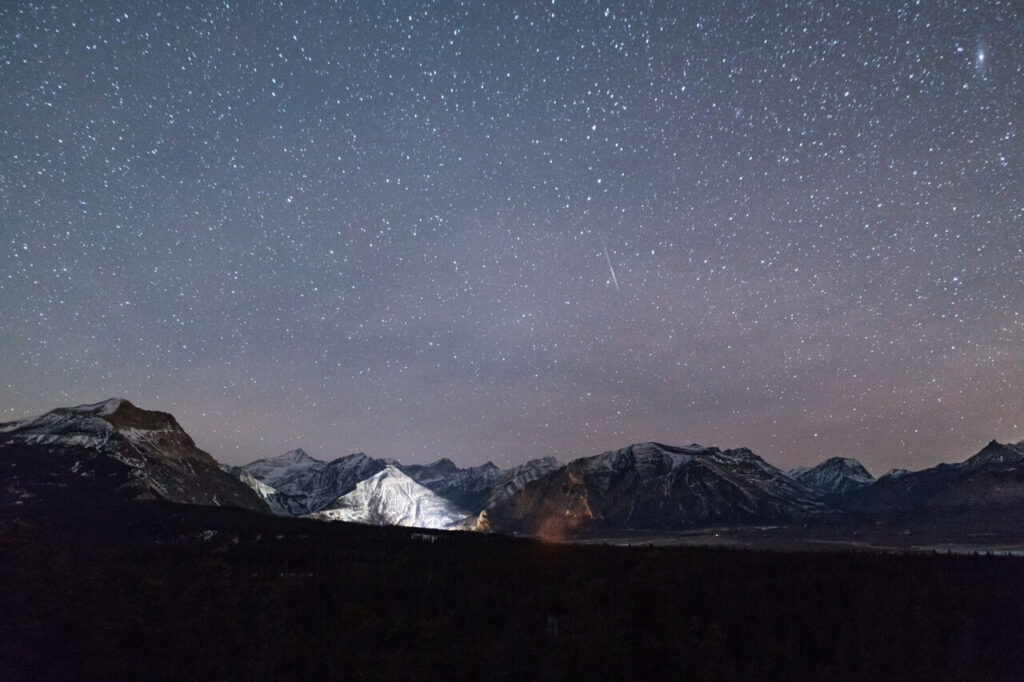
4. Waterton Lakes National Park Dark Sky Preserve
Why go? Waterton’s mountain-meets-prairie landscape provides a unique stargazing experience with a high chance of spotting constellations over the water.
Best stargazing spots:
- Red Rock Parkway – A quiet road with little interference from artificial light.
- Cameron Bay – A scenic lakeside spot with clear, open skies.
.

5. Wood Buffalo National Park Dark Sky Preserve
Why go? As the largest dark sky preserve on Earth, Wood Buffalo is the place for those who want to experience truly untouched night skies. Located in northern Alberta near the NWT border, it has almost zero light pollution, making it perfect for seeing deep-space objects, meteor showers, and the northern lights.
Best stargazing spots:
- Pine Lake: A stunning lakeside location with wide-open skies.
- Salt Plains Lookout: Offers a unique foreground for stargazing and astrophotography.
- Peace-Athabasca Delta: One of the most remote and pristine stargazing spots in the world.
Getting There:
- The park is VERY remote, located about 9 hours north of Edmonton.
- The nearest town, Fort Smith, NWT, offers some amenities and guided stargazing experiences.
Seasonal Tips:
- Winter temperatures here can be extreme, so plan accordingly.
- The northern lights are visible here year-round, but winter offers the longest and darkest nights.
.
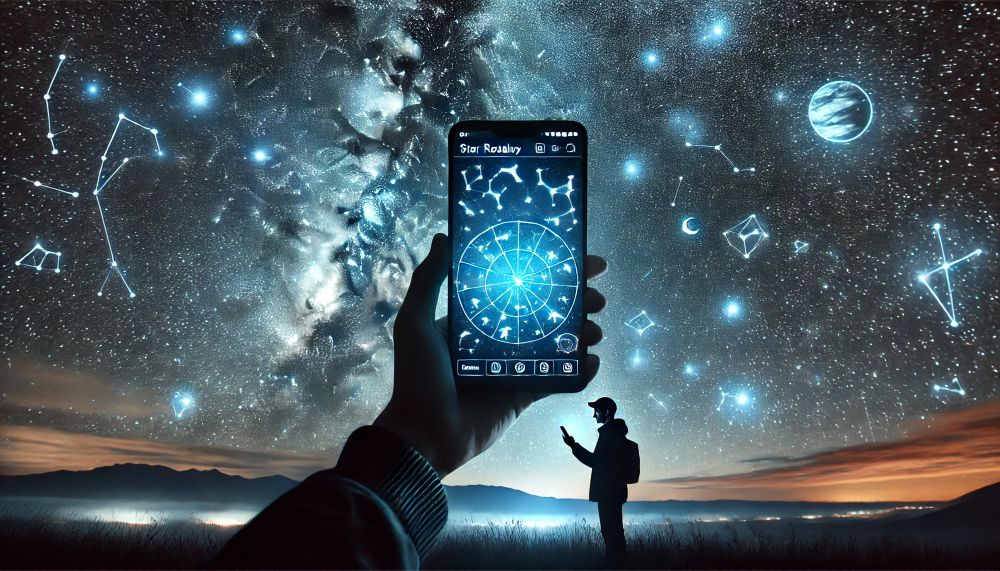
Using Stargazing Apps to Enhance the Experience
Winter skies are packed with celestial wonders—constellations, planets, and meteor showers. If you’re new to stargazing or want to make it a more interactive experience, these stargazing apps can turn your smartphone into a personal planetarium:
1. SkySafari 7 Pro
- Best for: Astronomy enthusiasts who want detailed star maps and telescope integration.
- Features:
- Huge database of stars, planets, and deep-sky objects.
- High-quality images and real-time tracking.
- Can control certain telescopes for advanced stargazers.
- Available on: Android & iOS (paid app).
2. Star Walk 2
- Best for: Families and casual stargazers who want an easy-to-use, interactive experience.
- Features:
- Point your phone at the sky to identify stars, planets, and satellites.
- Augmented reality (AR) mode overlays celestial objects onto your camera view.
- Information on upcoming celestial events.
- Available on: Android & iOS (free with in-app purchases).
3. SkyView Lite
- Best for: Beginners looking for a free, simple stargazing tool.
- Features:
- Uses AR to identify constellations and planets.
- Lets you set reminders for upcoming meteor showers or planetary alignments.
- Works both day and night.
- Available on: Android & iOS (free).
4. Stellarium Mobile
- Best for: Those who want a realistic simulation of the night sky.
- Features:
- Displays accurate positions of stars, planets, and deep-space objects.
- Zoom in on celestial objects for a closer look.
- Easy-to-use interface, perfect for all ages.
- Available on: Android & iOS (paid app).
.
Tips for Winter Stargazing with Kids
Since winter nights can be very cold, especially in open areas like dark sky preserves, here are some ways to make the experience more comfortable and fun:
1. Dress in Layers
- Base layer: Thermal underwear to keep heat in.
- Middle layer: A fleece or insulated jacket for extra warmth.
- Outer layer: A windproof, waterproof shell to block the elements.
- Bonus: Hand and foot warmers make a huge difference!
2. Bring a Thermos of Hot Drinks
- Hot chocolate, apple cider, or even warm water keeps everyone comfortable.
- Avoid caffeine for kids—it can make them restless!
3. Make It Interactive
- Use a stargazing app to help kids find constellations.
- Tell mythology stories about constellations—Orion the Hunter, Ursa Major (the Great Bear), or Cassiopeia.
- Bring binoculars—they work surprisingly well for stargazing!
4. Plan for the Best Celestial Events
- December: Geminid Meteor Shower (one of the best of the year).
- January: The Quadrantid Meteor Shower (bright and fast!).
- February: Orion’s Belt and the brightest winter constellations are most visible.
Explore the Universe from Your Own Backyard
Alberta’s winter skies are some of the clearest and darkest in Canada, making this season ideal for stargazing. Whether you’re heading to Jasper or Elk Island for a dark sky adventure, or just stepping out onto your deck with a blanket, a little planning (and a good stargazing app) can turn a cold night into a magical experience.
So grab your warmest coat, a thermos of something hot, and step outside—you never know what wonders you’ll find in Alberta’s night sky! ![]()
